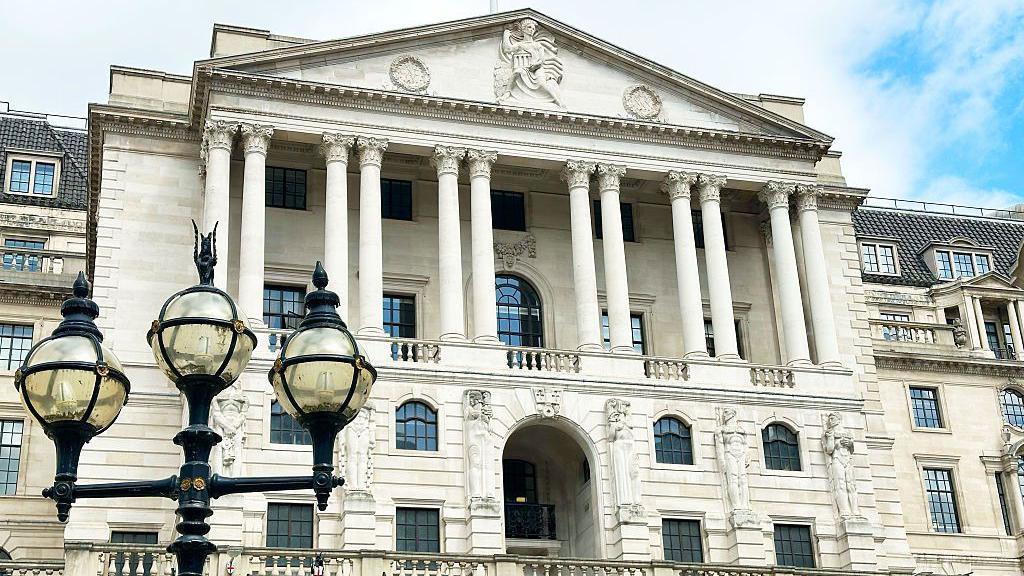The Bank of England (BoE) kept its benchmark interest rate steady today, holding at 5.25% for the third consecutive meeting. However, Governor Andrew Bailey cautioned that the UK is “not out of the woods yet” in its fight against inflation, warning that policymakers remain vigilant despite signs of economic cooling.
The decision was widely expected by analysts following several months of declining headline inflation. Consumer price growth slowed to 3.8% in August, down from a peak of over 10% last year. However, underlying price pressures — particularly in services and food — remain stubbornly high, leading the Monetary Policy Committee (MPC) to keep rates at restrictive levels.
Bailey’s Cautious Tone
Speaking at a press conference following the announcement, Bailey said, “We are encouraged by the progress we have seen, but we need to be confident that inflation is returning sustainably to our 2% target before considering rate cuts. The job is not done.”
He stressed that any premature loosening of policy risked reigniting price pressures, which could undermine consumer confidence and prolong the cost-of-living crisis. Bailey added that the BoE would continue reducing its stock of government bonds through quantitative tightening to maintain a tight monetary stance.
Mixed Economic Signals
The UK economy has shown signs of strain under the weight of higher borrowing costs, with business investment slowing and mortgage holders facing significant repayment pressures. Data released earlier this week showed GDP grew just 0.1% in July, fueling concerns about stagnation.
Despite this, wage growth remains strong, a factor Bailey highlighted as a key risk. “While it is positive that workers are seeing pay rises, wage growth at current levels is inconsistent with a sustainable return to 2% inflation,” he said.
Market Reaction
Financial markets reacted calmly to the BoE’s announcement, with sterling holding steady against the dollar and gilt yields little changed. Traders currently expect the first interest rate cut to come sometime in the spring of next year, assuming inflation continues its downward trajectory.
Some economists argue that the central bank risks overtightening by keeping rates too high for too long. “We are starting to see real pressure on households and small businesses,” said an economist at a major think tank. “Policymakers will need to strike a careful balance between fighting inflation and avoiding a deep recession.”
Cost-of-Living Impact
For households, today’s decision means that mortgage rates are likely to remain elevated for the foreseeable future. Consumer groups have warned that many families face a “mortgage cliff edge” as they roll off fixed-rate deals agreed before the BoE began its aggressive tightening cycle.
However, savers have welcomed the sustained higher interest rates, which continue to deliver the best returns on savings accounts seen in over a decade.
Looking Ahead
The BoE’s next decision is due in November, and much will depend on upcoming inflation data. If price growth continues to moderate, some members of the MPC may push for a first symbolic rate cut early next year.
For now, Bailey’s message was one of caution: “The worst of the inflationary surge is behind us, but we must stay the course to ensure we do not see a resurgence. Our focus is firmly on bringing inflation back to target and stabilizing the economy.”



